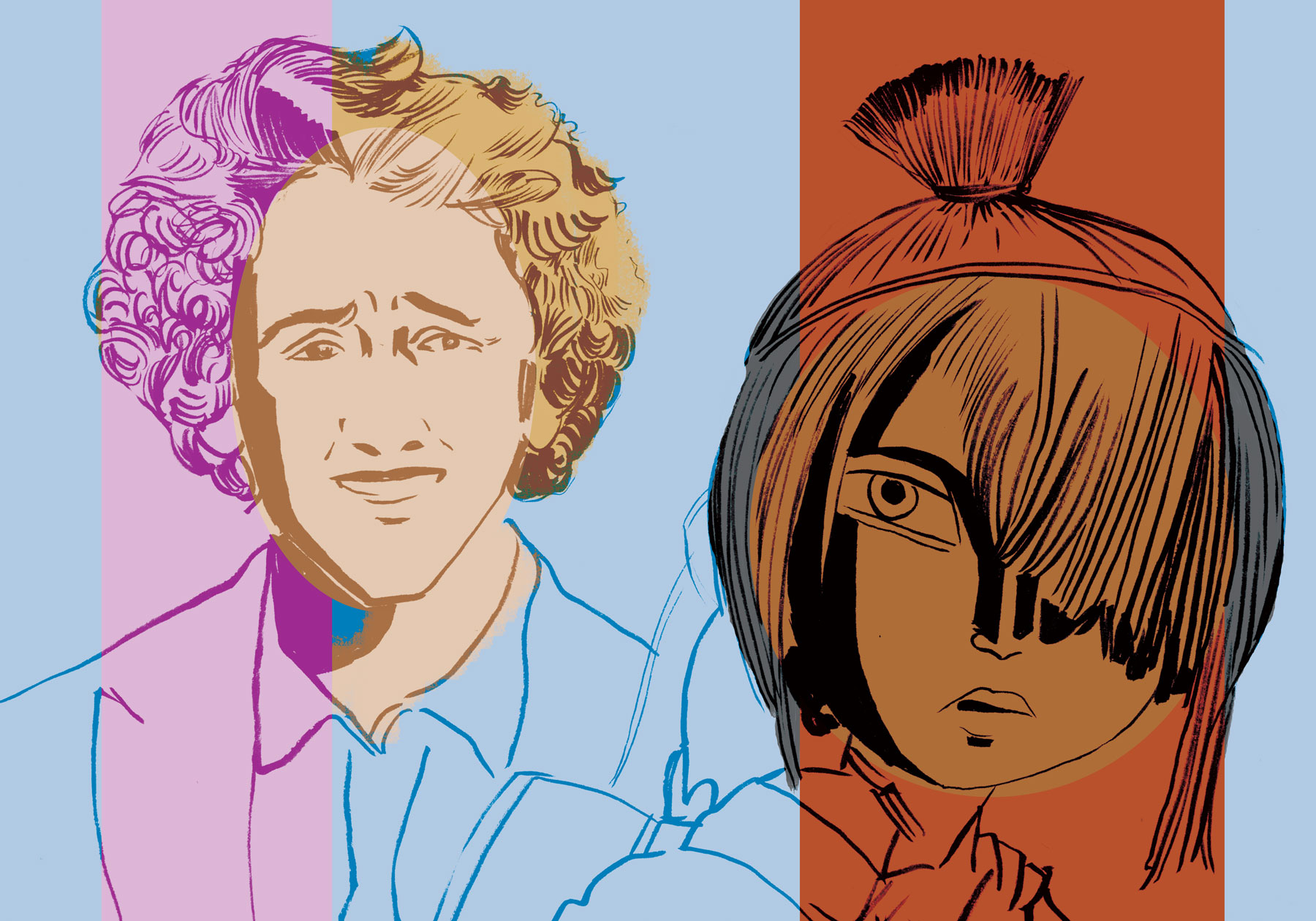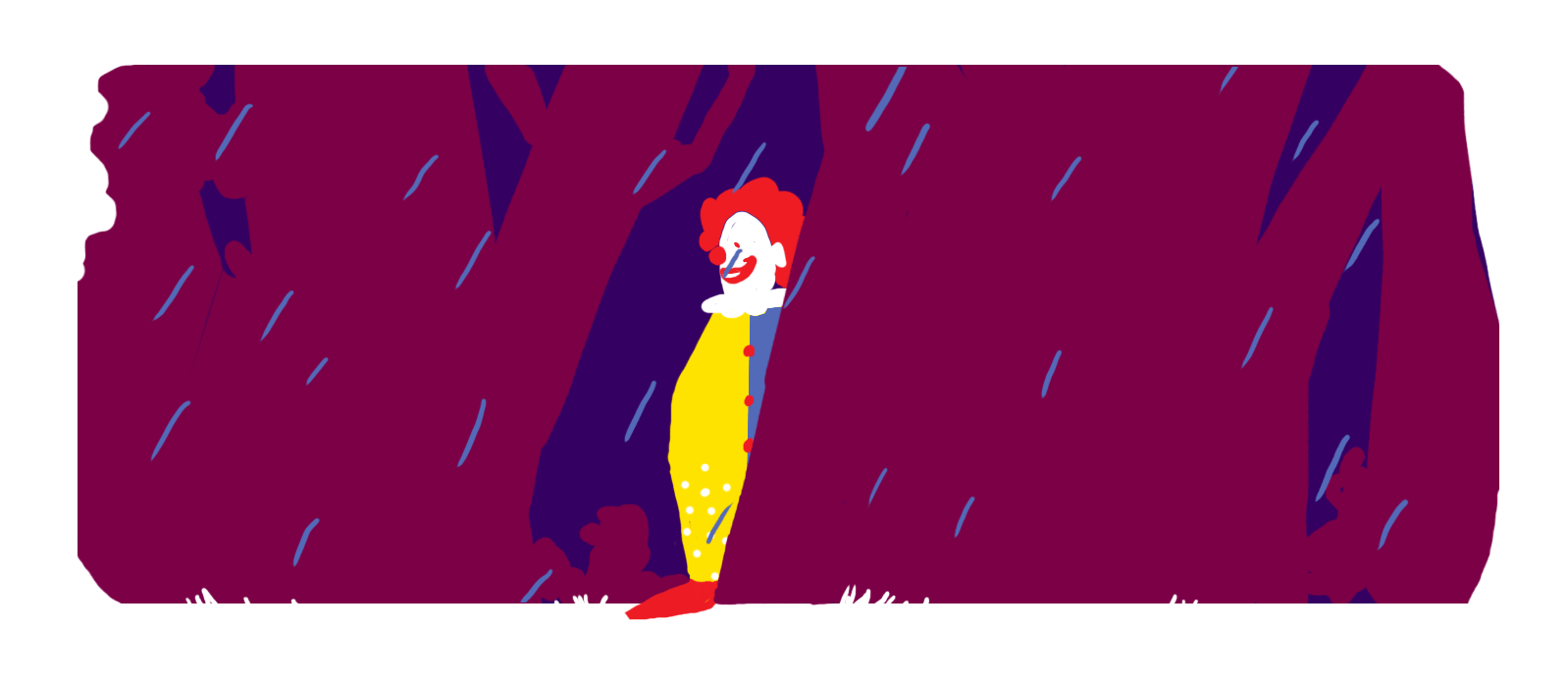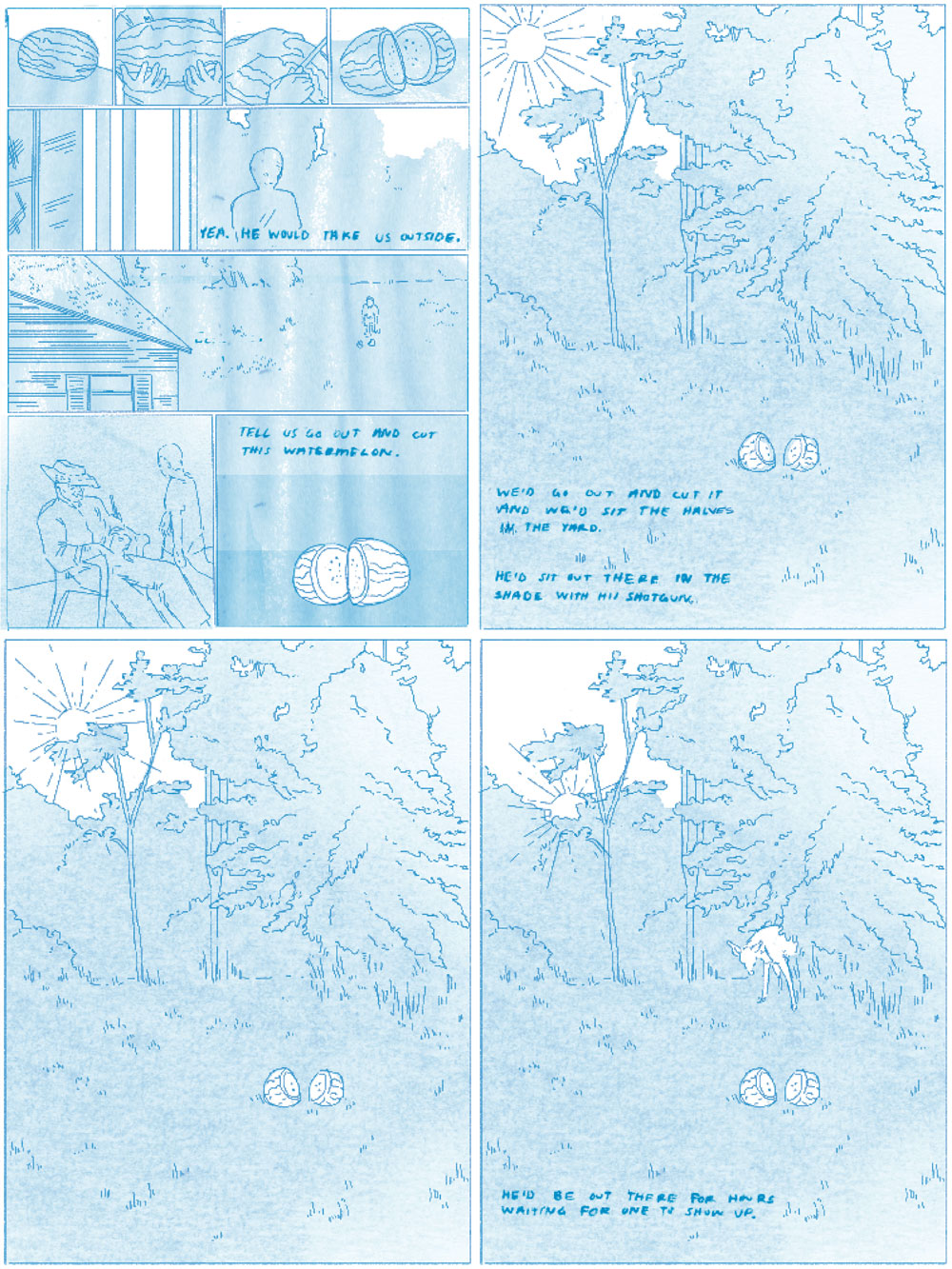
The number of animated feature films has expanded exponentially in the past two decades. Computers have made producing animated movies so fast and cheap, Walt Disney may be turning in his grave. Because kids like animated movies, and parents like to put their kids in front of animated movies, the industry is booming: An ever-swelling list of production companies hope to make a fortune with farting Smurfs and happy-go-lucky hippos. In this era, time-consuming, painstaking, frame-by-frame film animation is an endangered species. This is why animated die-hards get all hot and bothered for Laika.
Laika is a production company that operates out of Portland, Oregon. The company, which was born in 2005, has produced just four movies: “Coraline,” “ParaNorman,” “The Boxtrolls,” and, most recently, “Kubo and the Two-Strings.” Laika distinguishes itself from the burgeoning throng of animation studios in one major way: All of their movies are completely stop-motion animated.
Stop-motion animation — a process wherein objects are moved in infinitesimal increments between individually photographed frames — takes forever. When computers came along to do the most grueling labor for us, stop-motion animation stopped making economical sense.
The result of stop-motion when done well, however, is stunning. Worlds move in a wobbly, magical way; everything in a stop-motion universe takes on an air of whimsy that walks the line between fantastic and creepy. Stop-motion animation is the reason why a movie like “Kubo and the Two Strings” can be objectively declared a masterwork of art, while “The Angry Birds Movie,” for example, cannot.
“Kubo and the Two Strings” fizzled into theaters on August 19 to such depressingly paltry box office figures that it might have been declared a flop. For the $60 million (and two full production years) “Kubo” took to make, it has only netted $41.8 million to date.
“Kubo,” however, is not a flop. With a 96 percent Rotten Tomatoes rating, the critical consensus is in: This movie is phenomenal. The characters, according to a review in Variety, are Laika’s “most memorable yet.” The story, according to the New York Times, resolves itself in “unexpected but moving ways.” But more than anything else, the animation is sublime. This is so true, in fact, that one reviewer went so far as to say that “Kubo” could make the case that “beauty is almost more important than storytelling.”
And it is a beautiful movie. The idea of constructing magical stories out of origami creations brought to life, as in “Kubo,” is ingenious for a stop-motion picture — the folding and unfolding and the simple lines and textures of paper are hypnotizing. There are entire scenes that take place on a rolling, choppy ocean, while storms churn overhead. A stop-motion ocean braved by meticulously crafted puppets is a thing of pure magnificence.
The story is about life and death and the rich alchemy of storytelling. Per the requisite children’s movie condition, it is also about love and family and being oneself even when it’s hard. The world Laika has created is ambitious — it spans seas, villages, dungeons, caves, and even the realm of the moon — but it’s reigned-in enough to be believable. The happy-go-lucky bug-man (voiced by Matthew McConaughey) and the skeptical, sage monkey (voiced by Charlize Theron) are unlike any other characters in any other movies for children.
Yes, you read that correctly: The lead vocal actors in “Kubo and the Two Strings” are McConaughey, Theron, and (as the titular character) Art Parkinson. (Parkinson is the young actor who plays Rickon Stark in “Game of Thrones.” In case you were about to Google it, I’ll just tell you: He’s white, too.)
There has been a lot of criticism in the past few years over the needless whitewashing of Hollywood movie casting. In particular, there’s been a recent streak of white actors and actresses cast in Asian roles: Emma Stone in “Aloha,” Jake Gyllenhaal in “Prince of Persia,” and Rooney Mara in “Pan.” (Mara was also in “Kubo,” by the way — she voiced the mythical, evil Japanese moon sisters.)
“Kubo and the Two Strings” is chock-full of stereotypical Japanese lore — there are origami sculptures, samurai swords, paper lanterns, bowls or rice, stories of “elders” and “spirits,” and on and on. Granted, this is all conducted with a delicate hand: There aren’t any exaggerated accents or ill-timed jokes about dragons or anything. And it might be argued that we should not complain about a movie that strives for cultural visibility in a way that few animated films do.
And yet, cultural visibility only counts if the culture that is being made visible is in control of its own portrayal. The writers of “Kubo” — Marc Haimes and Chris Butler — are white. So is the director, Travis Knight, who is also the acting CEO of Laika.
In interviews, Knight has clumsily tried to defend his casting choices. He argued that, for the most part, all the white voice actors were cast in non-human roles. He argued that putting a voice to a character is not the same as putting a live-action human on screen. He argued that they let Tracy Morgan play a white British thug in “Boxtrolls,” so this should be ok too, right?
But at the end of the day, Laika cast the way they did because they hoped the star power would bolster their ticket sales. Unfortunately, the stars didn’t help. In fact, the only thing preventing this movie from being the masterpiece everyone says it is is the cowardly choice of recognition over authenticity.
“Kubo” should be brought to the forefront of discussion because it’s a tremendous anomaly. On the one hand, it is hands-down the most breathtakingly animated film of the past several years. On the other, its casting choices were, despite Knight’s supposed good intentions, racist. This is a great movie with fundamental problems. How do we, as viewers, balance these heavy extremes? What are the ethical lines when it comes to painstaking, money-siphoning art? And finally, how do we reward a beautiful film without letting it off the hook for its director’s bad decisions?








More of this stupid complaining. God I can’t wait for even this SJW cancer to dissolve. “Jake Gyllenhaal in Prince of Persia.” You are aware that Persians are Indo-Europeans you fucking mong!
Are we deadass?